15 Interesting Cheetah Facts You Never Knew!
If you love learning about fast cats, you’ll love this collection of amazing facts about cheetahs!
We love cats of all sizes, including cheetahs – the spotted lightning bolt of the African savanna. Even if you’ve got a passing interest in the natural world and the animals who roam it, check out these interesting facts and you’ll be equipped for any cheetah quiz in the future!
Once you’ve absorbed these fascinating details about this athletic beast, why not check out our cheetah jokes or these awesome elephant facts?
1. The cheetah is the fastest animal on land
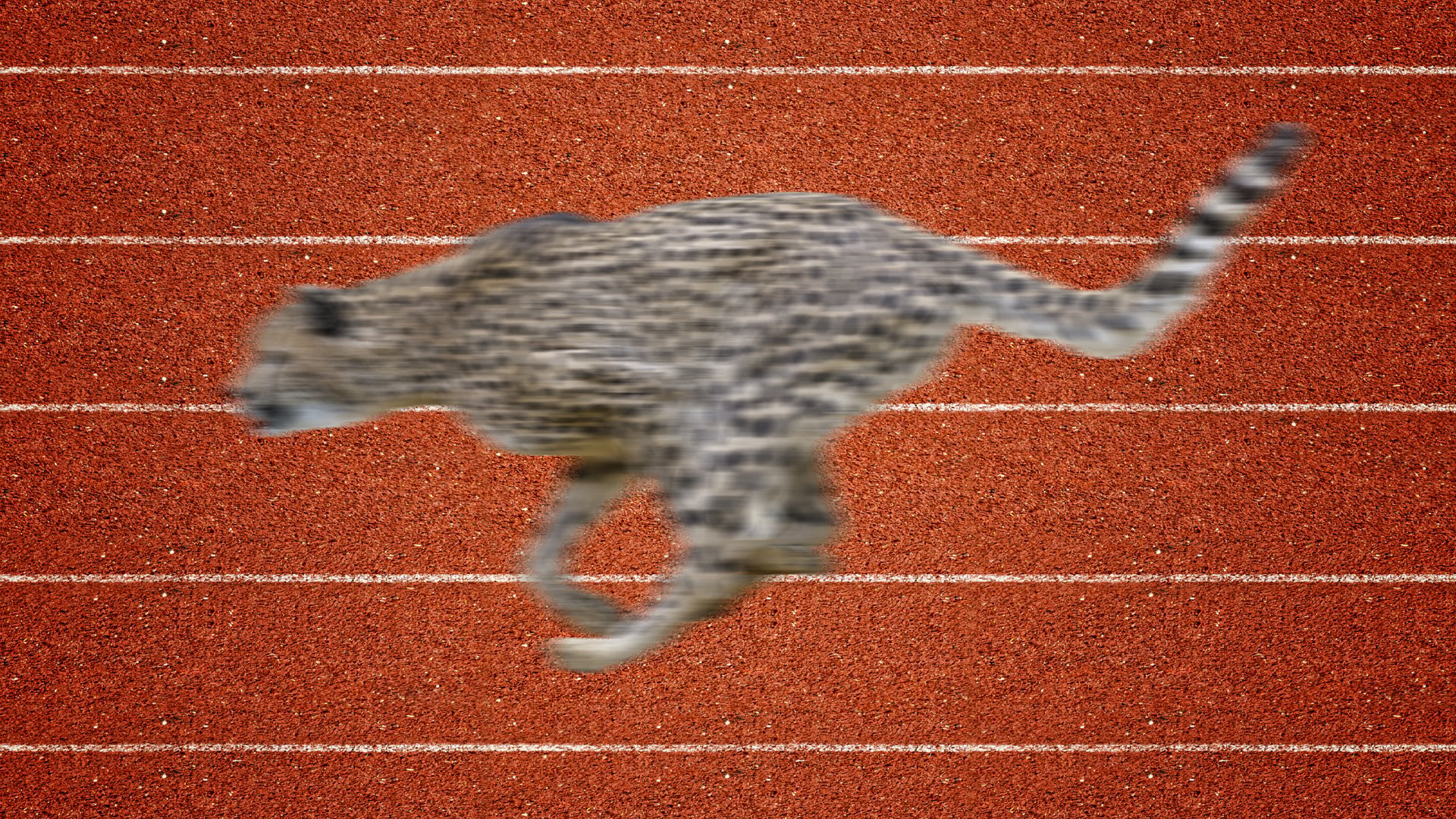
They can reach a speed of 70 miles per hour in just three seconds! That’s as quick as any car on a UK motorway. They use their claws to help keep grip on the land, like an athlete uses running spikes.
2. You can identify a cheetah by looking at their spots

The spots and ring patterns on a cheetah’s body are unique, like human fingerprints. They also help break up its outline which makes it easier for them to hunt its prey in the wild.
3. A cheetah’s facial markings help them hunt in the wild

The black tear-like streaks on a cheetah’s face have a very useful purpose – it helps deflect the brightness of the sun which ensures they’re not distracted when hunting for food during the day.
4. A cheetah’s stride is very long
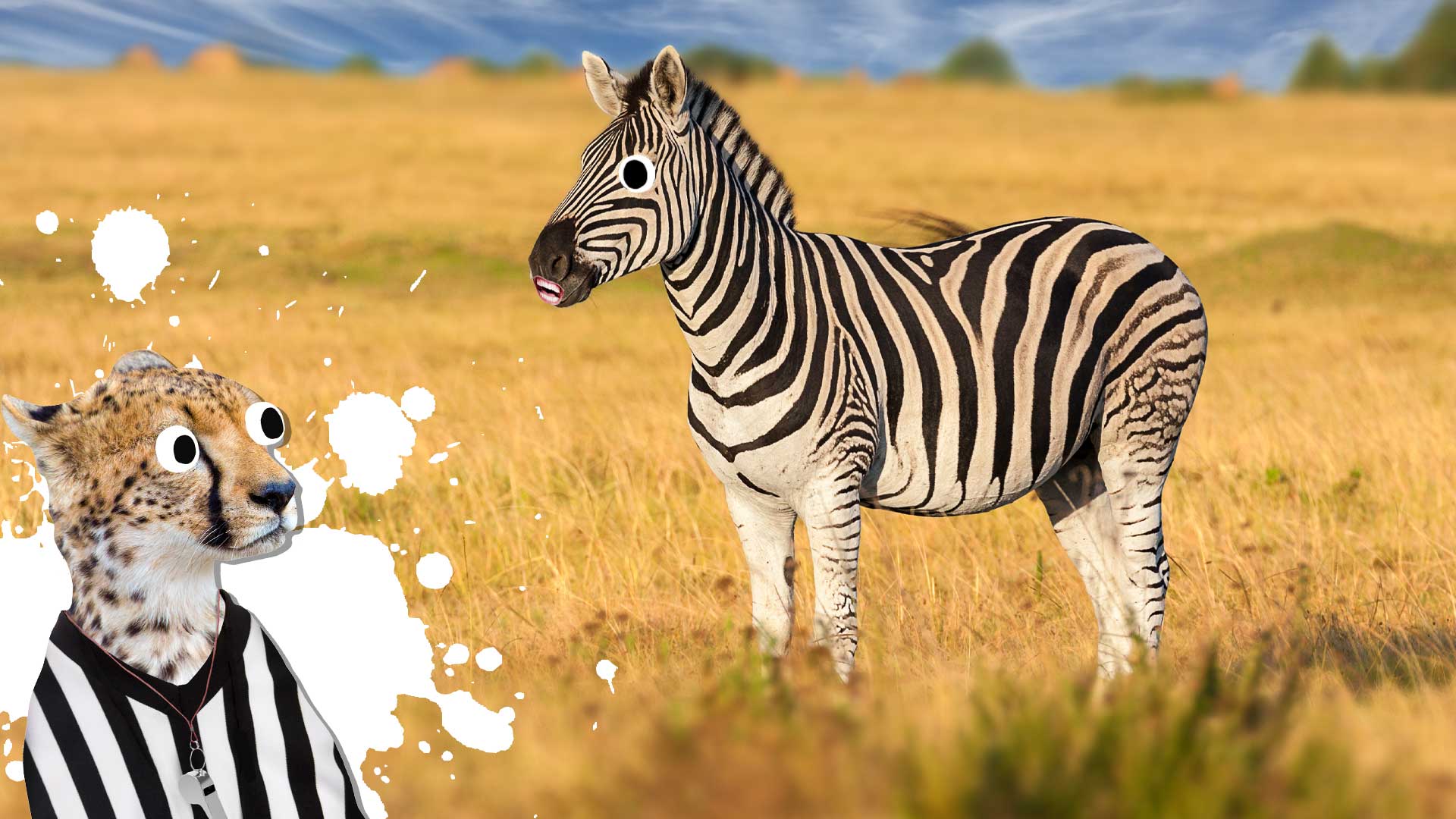
When a cheetah is running at full speed, their stride is around 7 metres – or 21 feet – long. If they could enter the Olympics, they’d win every race without really trying. It would easily outrun that zebra, too.
5. A cheetah’s tail helps them change direction
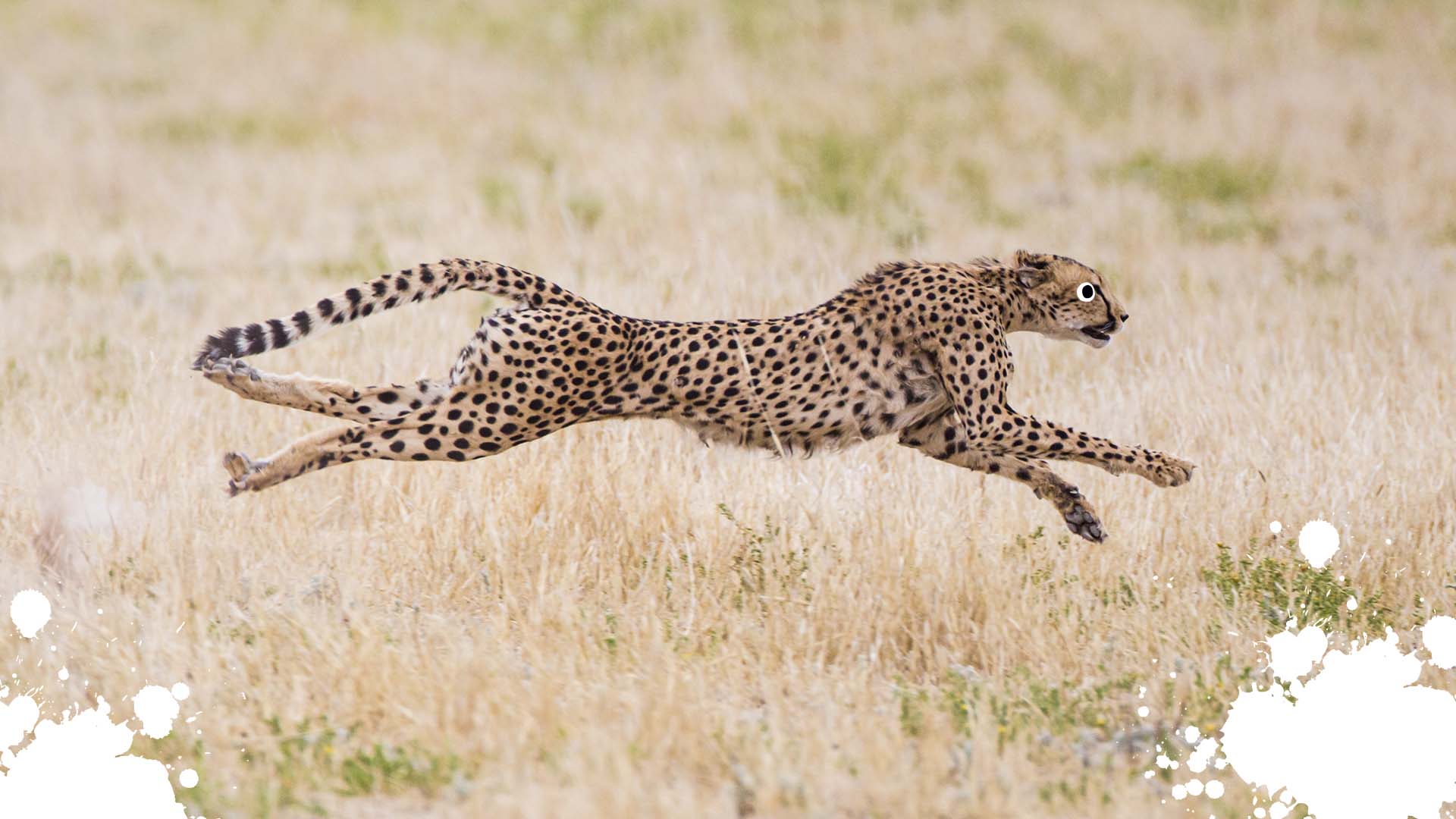
Their tail measures up to 33 inches, which is approximately two-thirds of its entire body length. The tail is very muscular, which helps them change direction at high speeds, like a furry boat’s rudder.
6. Cheetah cubs have a different coat to adults

A cub’s fur – called a mantle – is longer than an adult cheetah fur. This long hair helps disguise them in the long grass of the African savanna, allowing their mother to hunt for food.
7. Cheetahs don’t roar like lions
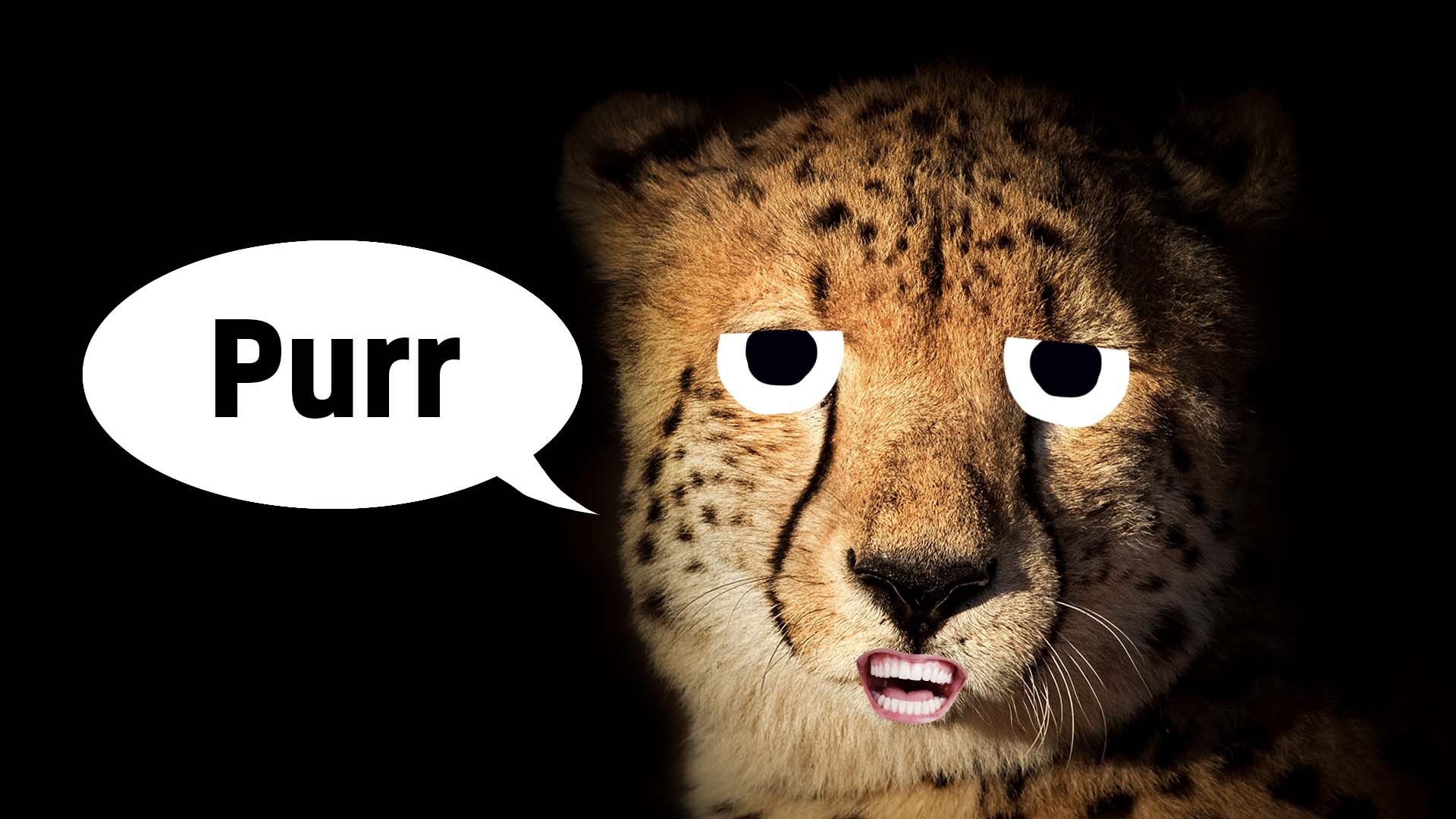
Their vocal cords are similar to small cats, so they tend to purr, chirrup and growl. They even hiss too, which means they’re either doing an impression of a snake or they’re not keen on pantomime villains.
8. Cheetahs tend to hunt very quickly

When a cheetah goes after its prey, the whole process is over within a minute. There’s no messing around here. The cheetah uses a lot of energy during the chase and if they’re unsuccessful, they will often go away for a rest before starting again. Probably a bit embarrassed, given its superior speed and hunting capabilities.
9. Cheetahs are not vegan
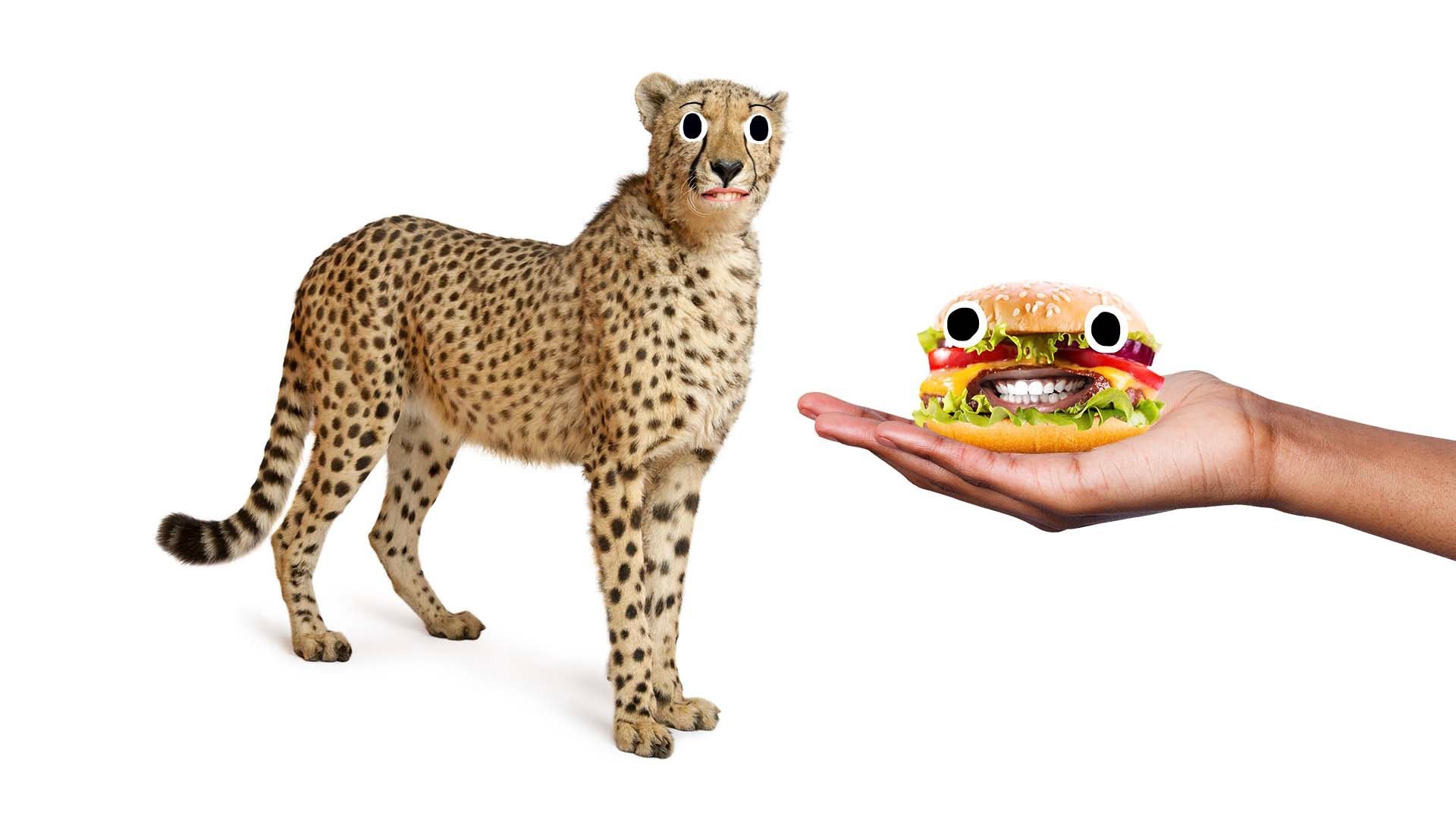
Bad luck if you’re an antelope or a gazelle, because a cheetah would see a snack on four legs. A cheetah usually eats around 10kg of meat a day. And here’s the amazing thing – no fries. Quite hard to come by if you’re a cheetah, to be honest.
10. Cheetahs don’t drink that much water

Because of a cheetah’s environment, the big cat has evolve to survive on very little water. They normally drink once every few days. To put it into context, it is recommended that children drink 6 to 8 cups of water a day!
11. Cheetahs enjoy a big nap
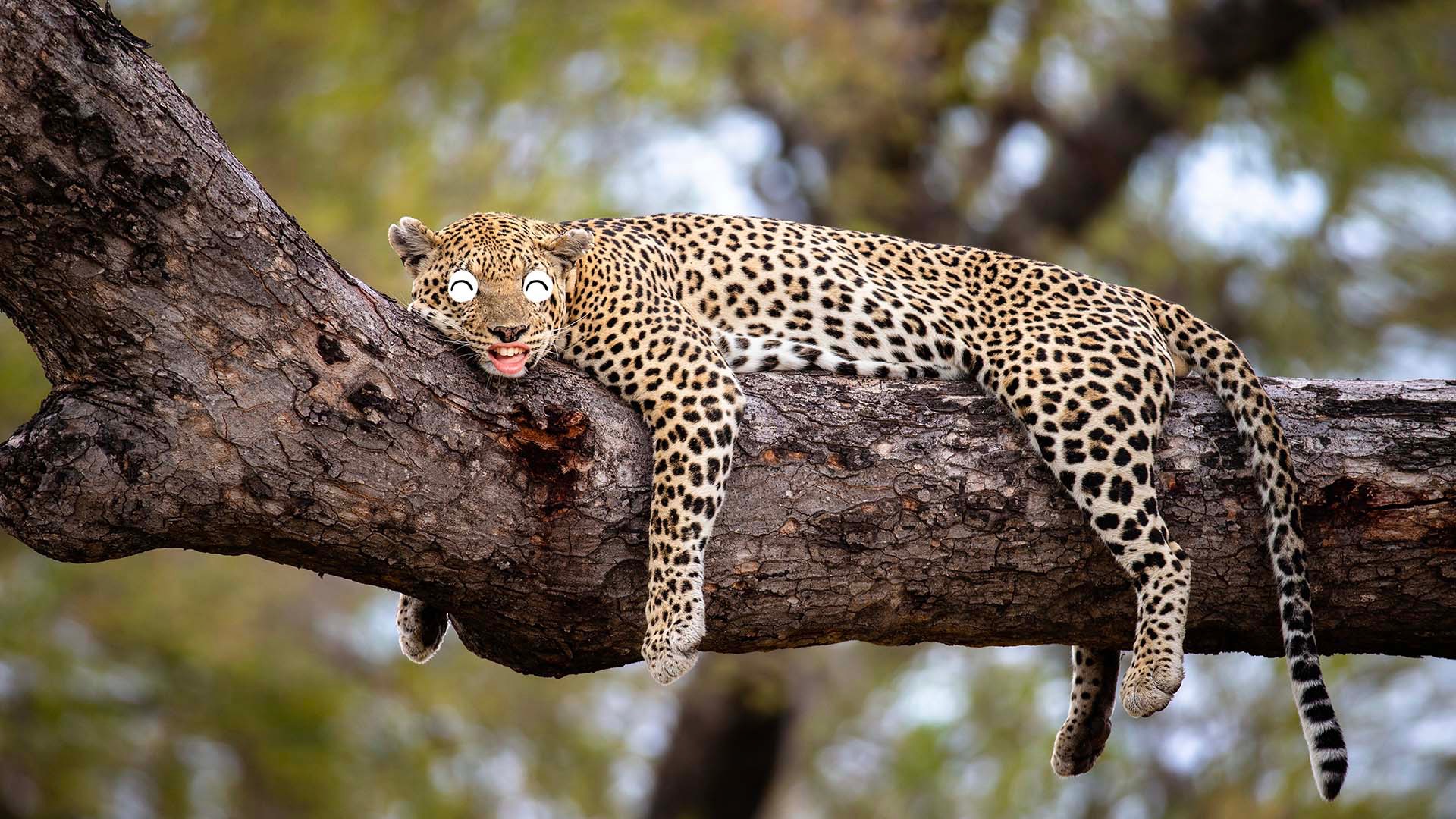
All that running around must be tiring and it comes as no surprise that cheetahs clock up around 12 hours of sleep a day. That’s nothing compared to lions, though, as they sleep around 20 hours a day!
12. There are several types of cheetah
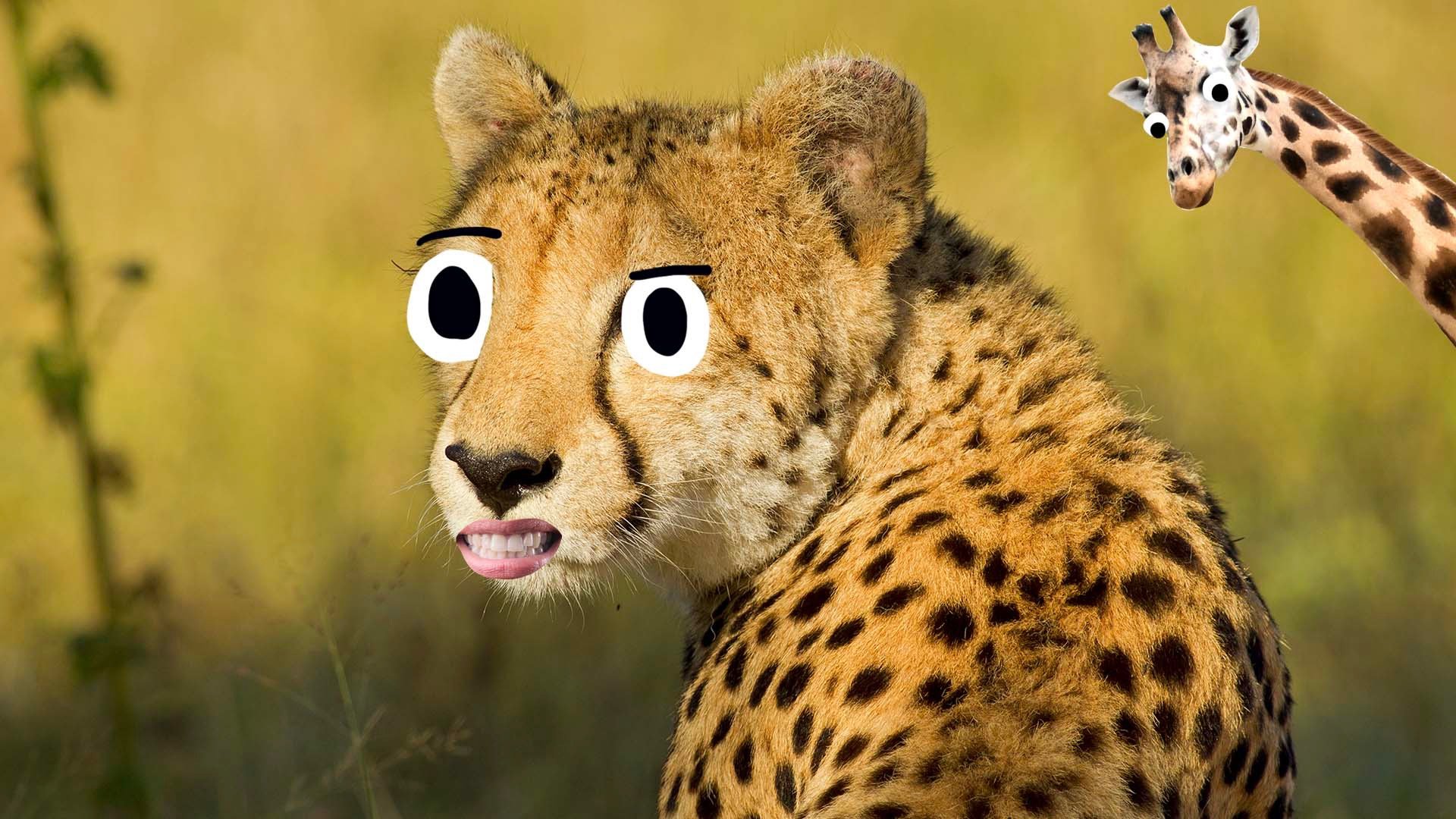
There are five subspecies: Northwest African cheetah, Sudan cheetah, South African cheetah, Asiatic cheetah and the Tanzanian cheetah. They’re mostly found in parts of southern and eastern Africa, and in Iran too.
13. Cheetah cubs have to look after themselves from an early age

After a period of 16 to 24 months, a mother will leave her cubs to fend for themselves in the wild. Female cubs tend to stay in the same area as their mother, but males are chased away by older males and will begin a new live miles away from where they were reared.
14. Cheetahs prefer their own space
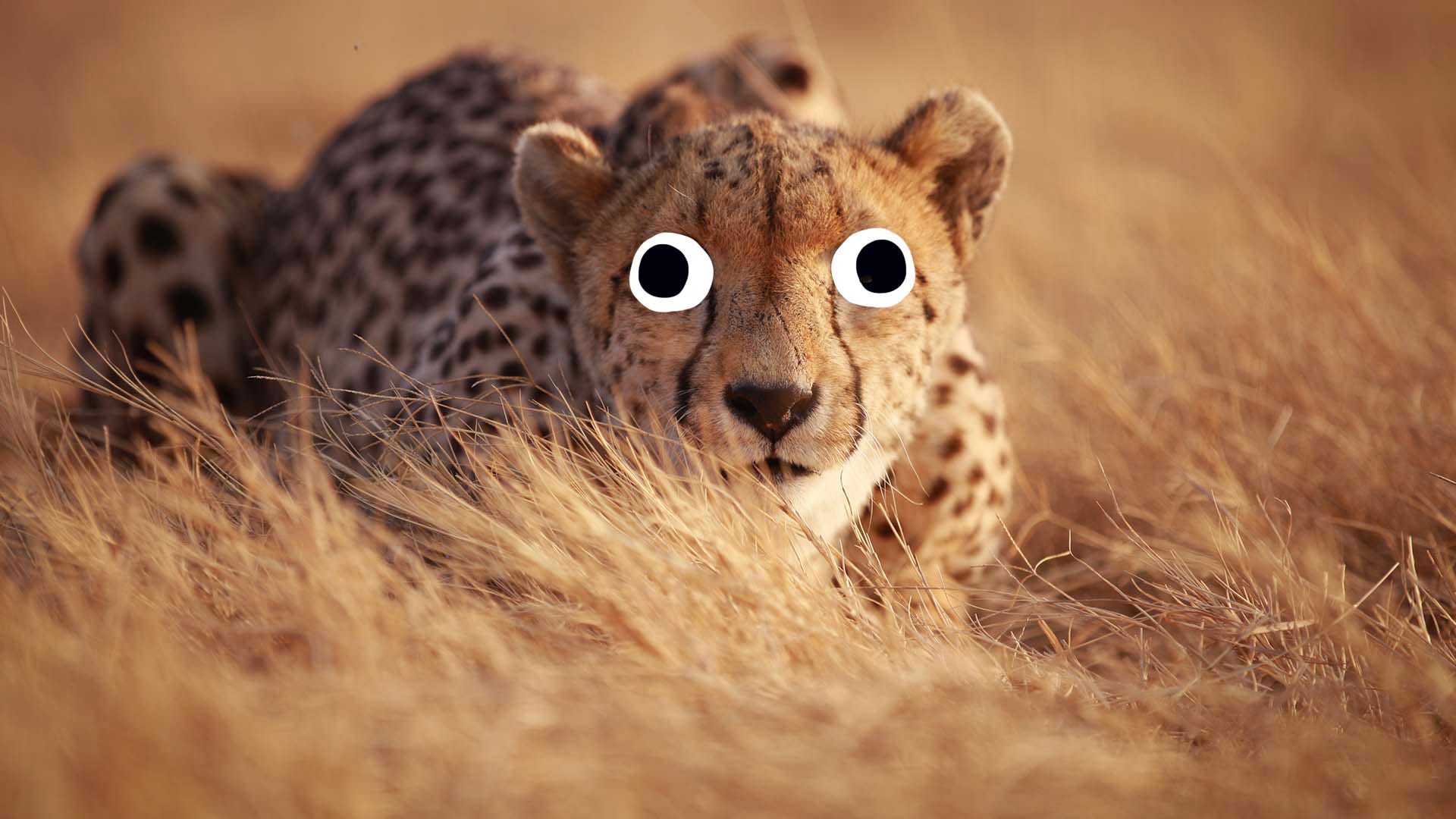
Female cheetahs are generally solitary animals and hunt alone rather than in a pack. A group of cheetahs, however, is known as a coalition.
15. They’re in danger of extinction
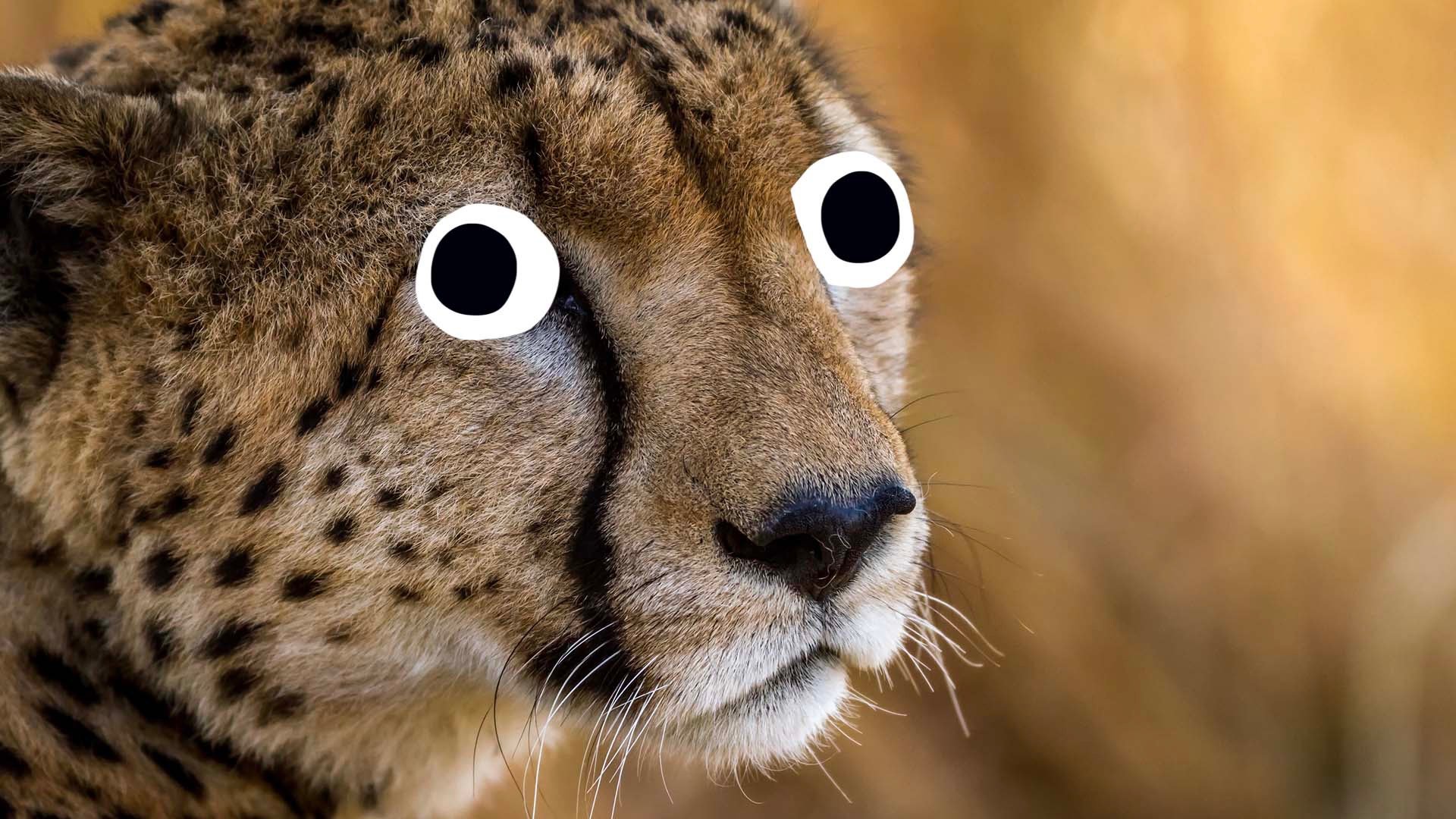
According to experts, there are between 9,000 and 12,000 cheetahs in Africa. Because of this, this big cat has been listed as ‘vulnerable’ on the International Union for the Conservation of Nature (IUCN) Red List of Threatened Species. Some researchers believe that cheetahs should be regarded as an endangered species.















